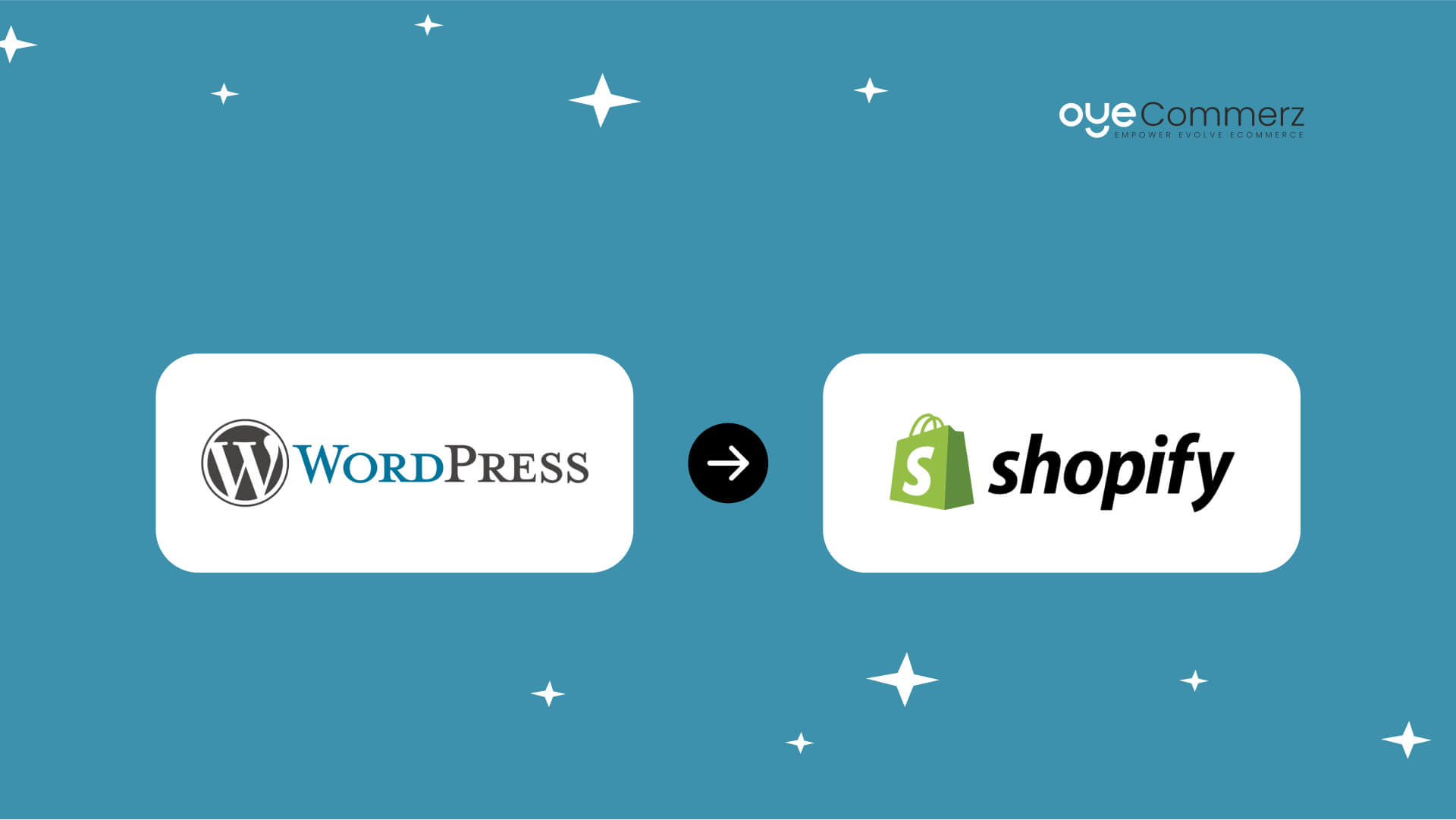Scaling an e-commerce store requires adaptability, growth, and delivering outstanding customer satisfaction.
Considering a move from WordPress to Shopify? You’re probably seeking advanced features, better scalability, and a forward-thinking platform.
Discover the critical steps, expert tips, and proven strategies for migrating to Shopify with minimal disruptions and maximum impact.
Introduction: Why Migrate from WordPress to Shopify?
WordPress is a flexible platform, but its dependency on plugins can complicate e-commerce scalability.
Shopify is designed specifically for online retail, offering powerful tools, security, and scalability to fit businesses of any size.
Shopify's reach extends to over 4.5 million stores globally in 2024, confirming its leadership in the e-commerce space.
A move to Shopify enhances areas like payment solutions, order handling, and mobile-friendly design.
Let’s dive into the key steps to migrate seamlessly.
Step 1: Understand Your Current E-Commerce Challenges
Begin with a detailed assessment of your store’s strengths, weaknesses, and goals.
Highlight limitations like slow loading speeds or plugin dependencies that hinder scalability.
With tools like Shopify Payments and flexible themes, Shopify minimizes the need for external plugins.
Step 2: Create a Migration Plan
Without proper planning, your migration might result in errors or unnecessary business interruptions.
Ensure a smooth transition by focusing on key areas like product inventory, customer data, and order history.
Utilize Shopify’s migration features and compatible apps to ensure safe data transfer and minimal disruption.
Step 3: Personalize Your Shopify Setup
Shopify’s customization options let you design a store that aligns perfectly with your brand.
Select or customize themes from Shopify’s library to improve customer interactions.
Explore themes like “Impulse” and “Prestige” for responsive, feature-rich options.
For large-scale operations, Shopify Plus customization ensures a distinctive brand presence.
Oyecommerz specializes in crafting Shopify Plus themes that align with enterprise-level e-commerce needs.
Step 4: Migrate SEO Settings
A successful migration includes retaining your existing SEO structure to avoid losing search engine rankings.
Shopify offers URL redirection to ensure that your visitors land on the right pages.
Customize meta tags and integrate Google Analytics How to migrate from WordPress to Shopify to track performance post-migration.
Failure to handle SEO settings correctly can cause a temporary loss of web traffic.
Step 5: Leverage Shopify’s App Ecosystem
Shopify’s extensive app ecosystem offers tools to enhance store functionality and optimize performance.
Integrate apps such as Klaviyo for targeted email campaigns or Yotpo for showcasing user reviews.
Use Shopify API integrations to connect your store with external systems effortlessly.
Work with Oyecommerz for custom Shopify app integrations that optimize business workflows.
Step 6: Optimize for Mobile Users
In 2024, mobile devices account for nearly 60% of online transactions, making optimization essential.
Shopify themes are inherently mobile-responsive, providing a consistent shopping experience across all devices.
Shopify supports mobile-friendly payment methods, reducing friction at checkout.
Focus on streamlined navigation and speed to maximize mobile sales potential.
Step 7: Prepare Your Team for Shopify
Training your team to navigate Shopify ensures they maximize its features effectively.
Teach staff how to manage products, track orders, and utilize reporting tools for insights.
An informed team will help you leverage Shopify to its full potential, streamlining operations.
Step 8: Conduct Thorough Pre-Launch Testing
Before going live, perform comprehensive testing to identify and fix any issues.
Verify that product information, inventory, and navigation links Shopify payment gateway are error-free.
Validate payment gateway functionality and test the checkout process on multiple devices.
Testing ensures your store is customer-ready, leaving no room for errors on launch day.
Step 9: Launch with a Marketing Push
Capitalize on your migration by generating buzz among your existing and potential customers.
Send personalized emails and post updates on social media to announce your improved store.
Emphasize improved speed, security, and shopping experience to encourage repeat visits.
Conclusion: Unlock New E-Commerce Potential with Shopify
Switching to Shopify is not just a migration; it’s a leap toward long-term success.
With its powerful ecosystem and enterprise-ready features, Shopify positions your business for sustained success.
Whether you’re a startup seeking simplicity or an enterprise requiring advanced capabilities, Shopify delivers.
Rely on Oyecommerz for expert guidance throughout your Shopify migration journey.
Let Oyecommerz assist you in leveraging Shopify to enhance customer satisfaction and drive sales.
Ready to elevate your e-commerce strategy with Shopify? Let’s discuss your journey to success.
